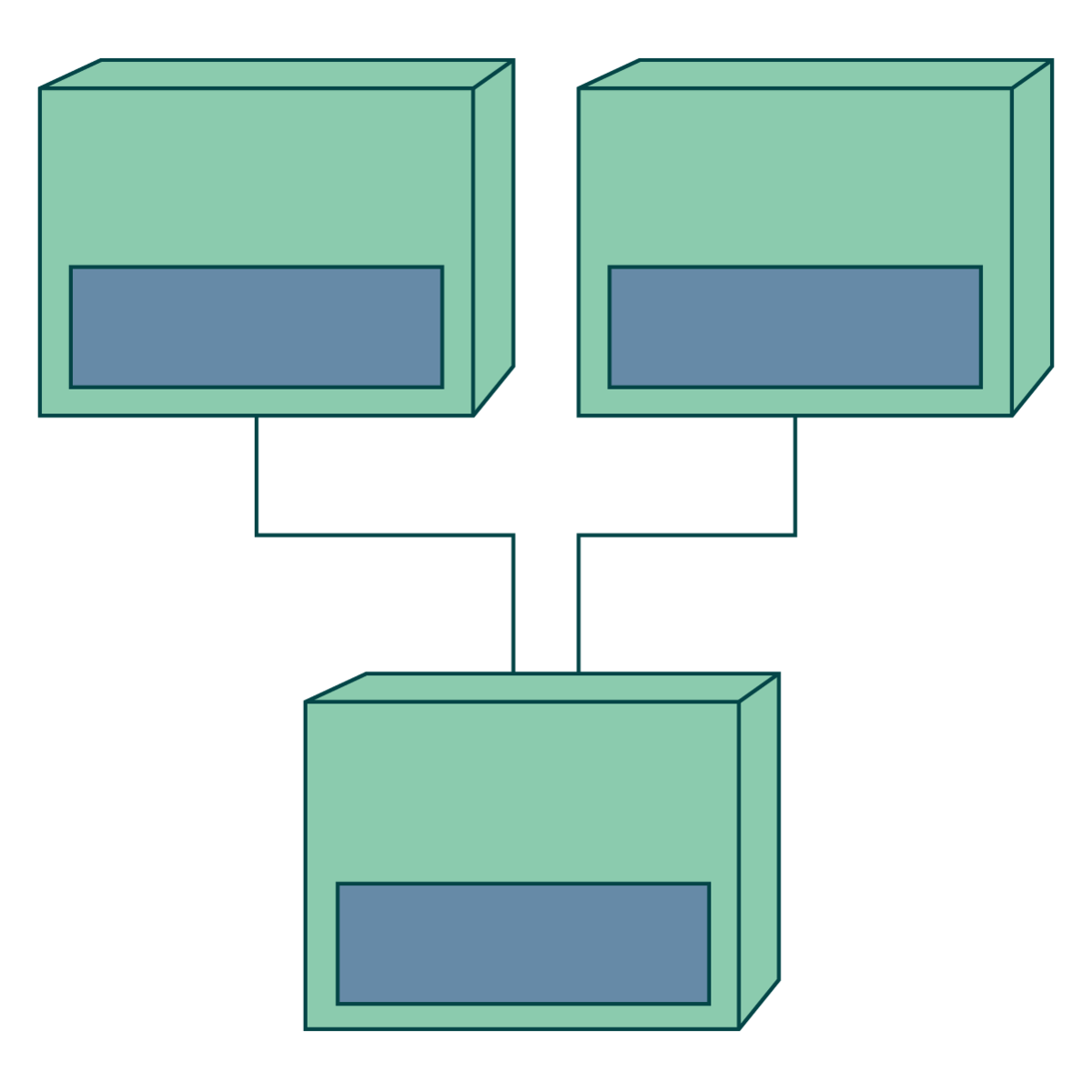Software Architecture
In the Software Design and Architecture Specialization, you will learn how to apply design principles, patterns, and architectures to create reusable and flexible software applications and systems. You will learn how to express and document the design and architecture of a software system using a visual notation.Practical examples and opportunities to apply your knowledge will help you develop employable skills and relevant expertise in the software industry.
Created by: Kenny Wong
 Quality Score
Quality Score
Content Quality
/
Video Quality
/
Qualified Instructor
/
Course Pace
/
Course Depth & Coverage
/
Overall Score : 80 / 100
 Live Chat with CourseDuck's Co-Founder for Help
Live Chat with CourseDuck's Co-Founder for Help
Need help deciding on a android development course? Or looking for more detail on Kenny Wong's Software Architecture? Feel free to chat below.
Join CourseDuck's Online Learning Discord Community
 Course Description
Course Description
The way that software components - subroutines, classes, functions, etc. - are arranged, and the interactions between them, is called architecture. In this course you will study the ways these architectures are represented, both in UML and other visual tools. We will introduce the most common architectures, their qualities, and tradeoffs. We will talk about how architectures are evaluated, what makes a good architecture, and an architecture can be improved. We'll also talk about how the architecture touches on the process of software development.In the Capstone Project you will document a Java-based Android application with UML diagrams and analyze evaluate the application's architecture using the Architecture Tradeoff Analysis Method (ATAM).After completing this course, you will be able to: - Compare and contrast the components, connections, protocols, topologies, constraints, tradeoffs, and variations of different types of architectural styles used in the design of applications and systems (e.g., main program and subroutine, object-oriented, interpreters, pipes and filters, database centric, event-based).- Describe the properties of layered and n-tier architectures.- Create UML ipackage, component, and deployment diagrams to express the architectural structure of a system.- Explain the behaviour of a system using UML activity diagrams.- Document a multi-application system with a layered architecture.
 Instructor Details
Instructor Details

- 4.0 Rating
 200 Reviews
200 Reviews
Kenny Wong
Kenny Wong is an Associate Professor in the Department of Computing Science, at the University of Alberta, Canada. He received his B.Sc. and Ph.D. degrees in Computer Science from the University of Victoria, Canada. He has been a university instructor for 16 years, regularly teaching team-oriented, project-based software engineering courses, including several offerings of software process and product management. His research in software engineering focuses on analyzing the root causes of problems in the structure, behavior, and management of complex software systems.





